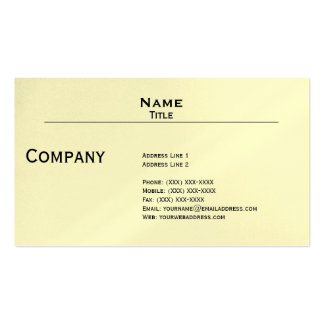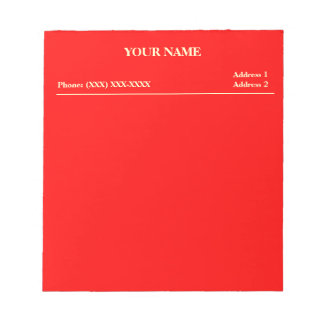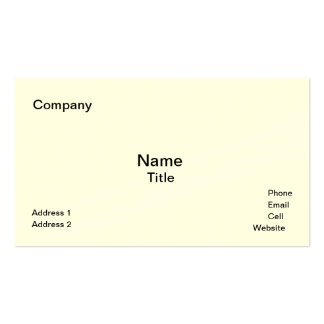
Know your food costs before adding a new dish to your menu.
It doesn’t matter that you have the best menu in town, a high-traffic location, beautiful decor and rave reviews if your restaurant charges $12 for a meal that costs you $13 to serve. Your cost to serve a meal includes both overhead costs and the actual food on the plate. Miscalculating either is a recipe for disaster.
Step 1: List the ingredients of the dish you are appraising. Include even small amounts of food, including a squirt of ketchup or spoonful of mayonnaise. Don't forget to account for cooking oil, seasonings and garnishes as well. Every dish should be portion controlled to ensure each chef serves the same meal at the same cost.
Step 2: Calculate the cost of each ingredient in each dish. For example, if a tomato costs 25 cents and each one yields eight slices, the tomato cost for a dish that includes two slices would be about 6 cents. Include a proportion of any delivery fees, interest, returns charges or other expenses directly related to purchasing foods.
Step 3: Add the total cost of the ingredients to calculate your food costs for that dish. Do not include the labor costs to prepare or serve the dish.
Step 4: Divide the menu price by the food cost to determine the percentage of the price that comes from food to begin determining if you have priced the meal correctly. For example, if you sell a meal for $18 and your food costs for that meal are $6, your food cost is 33 percent.
Step 5: Calculate your overhead cost per meal served. This includes all of the nonfood costs to run your restaurant, such as labor, rent, marketing, taxes and other expenses. Determine a daily overhead cost to run the restaurant and divide that by the number of customers you estimate you will serve each day. For example, if your overhead is $2,000 per day and you serve 250 customers daily, your overhead cost per person is $8. Include allowances for employee meals and food theft in the overhead figure, since these are not direct costs to serve a customer meal.
Step 6: Determine the target food-cost percentage you want for your menu items. Use your overhead costs to guide you. For example, if you sell a meal for $12 and have an $8 overhead cost, your food costs must be no more than $4 to break even. If you want a profit of $2 per plate, your sales price would then need to be $14, giving you a food-cost percentage of about 29 percent. If you feel your market will not support meals that cost more than $14, your chef will need to prepare menu items for no more than $4 each. If you sell meals for less than $14, your chef will need to use less than $4 of ingredients per meal, using your 29 percent guide.
Step 7: Examine your current menu prices to determine whether they cover your overhead and foods costs, and return a profit. Use your target food-cost percentage to do this. For example, if you determine that your food costs can be no more than 20 percent and a particular meal uses $4 of ingredients, you must sell that meal for at least $20.
Step 8: Determine whether you need to calculate different food cost percentages for different services or items. For example, a low-cost breakfast menu might require food costs to be less than 20 percent of the ticket since profit margins are small. A more expensive dinner menu might support foods costs as high as 35 percent per plate.
Step 9: Analyze your sales by item to see if your food-cost percentages can support your business. If you determine that you are selling mainly low-cost items, you may need to raise those prices -- or lower your food costs -- to be profitable. Look at total food costs per service and divide by total sales to get a more complete picture of your food costs without having to calculate the actual cost of each menu item.








No comments:
Post a Comment